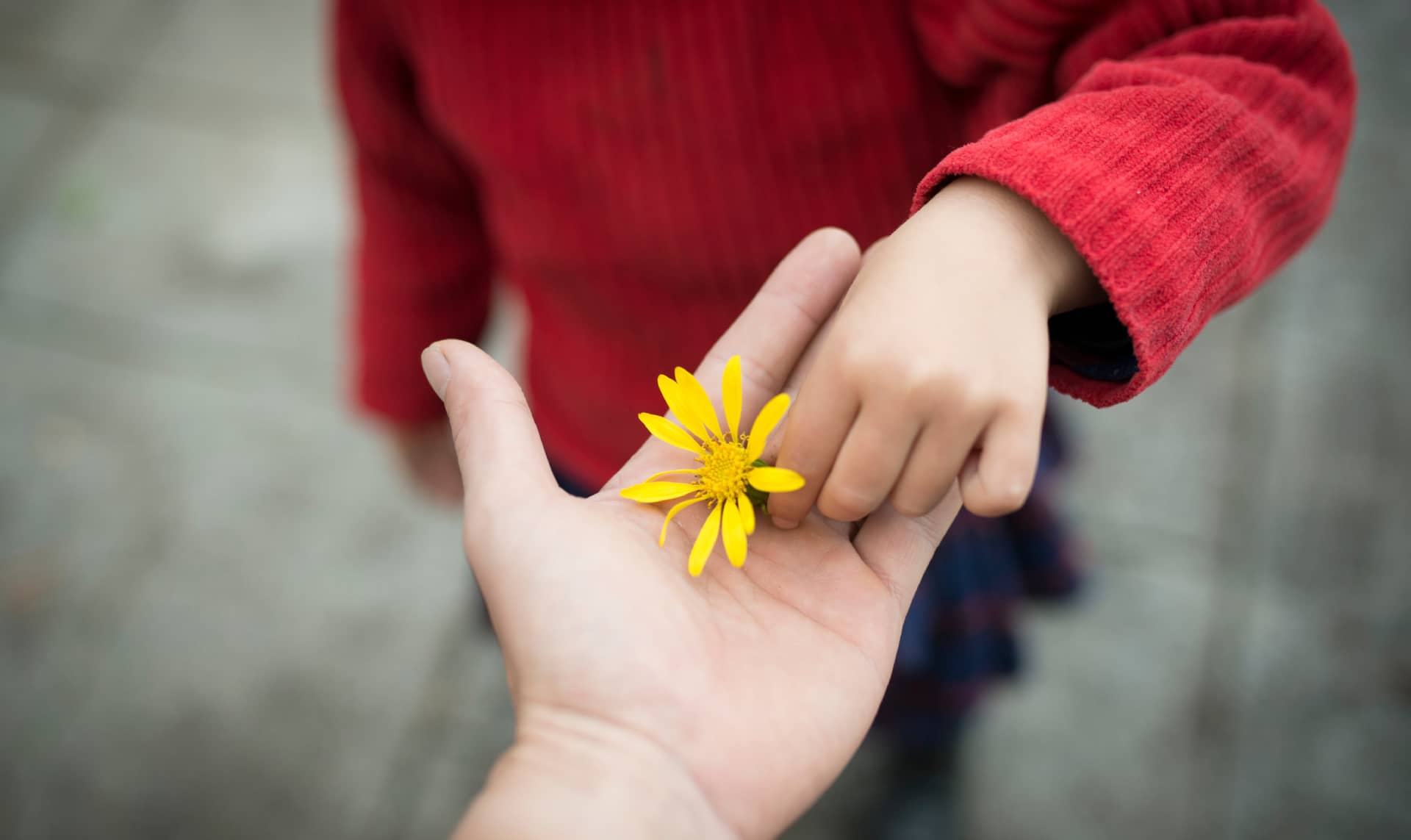Parenting and Its Impact on Your Attachment Style and Current Relationships
Much of what you experience in your relationships
today has roots in your childhood. The way you were cared for, accompanied, or
ignored shaped how you learned to connect emotionally. This is known as
attachment style, and it is a pattern that influences how you relate, trust,
connect with love, and face conflict.
Attachment Forms in the
Early Years of Life
When a child needs security, attention, and
support. If these needs are met consistently and lovingly, the child develops a
secure attachment. But if the care was inconsistent, cold, or absent, it is
likely that an insecure attachment style developed, which can be avoidant,
anxious, or disorganized.
In Adulthood, These Styles
Manifest in Different Ways
- Secure
Attachment: People with secure attachment tend to
establish stable relationships, trust others and themselves, and feel
comfortable with intimacy and autonomy.
- Anxious
Attachment: Those with anxious attachment often fear
abandonment, seek constant validation, and experience a lot of anxiety in
relationships.
- Avoidant
Attachment: People with avoidant attachment tend to
distance themselves when a relationship becomes intimate, have difficulty
expressing emotions, and find it hard to trust.
- Disorganized
Attachment: This style mixes both extremes, creating
chaotic and unstable relationships.
It is Important to Clarify
That Your Attachment Style Does Not Condemn You
It is a guide to understanding how you function
emotionally, not a sentence. Once you become aware of it, you can start to
transform it. It is not about blaming your parents, but understanding the
emotional impact of your history and healing from the present.
Observing How You React in
Your Relationships Provides Clues
- Do
you find it hard to ask for help?
- Do
you feel you need the other person to feel good?
- Do
you distance yourself every time someone gets too close?
All these behaviors make sense when you understand
your attachment style.
Working on Your
Self-Esteem, Learning to Set Boundaries, Developing Emotional Communication
Skills, and Surrounding Yourself with Secure Bonds are Key Steps to Creating a
New Way of Connecting
And if you feel this topic touches you deeply, a therapeutic process helps rewrite that emotional history. Because yes, you can learn to love without fear, without anxiety, and without running away.
Your Way of Loving Changes.
And That Transforms Your Life.



